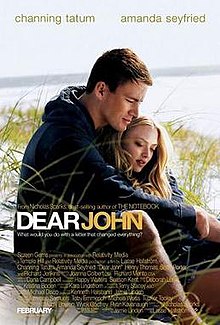Ferris Bueller's Day Off (1986)
Key Features:
- Diegetic Sound
- Non- Diegetic Sound
- How it fits the genre
Diegetic Sound examples -
- Radio Announcer's Dialogue - 0.02
- Dialogue 0.14
- Dog Barking and Footsteps - 0.21
The diegetic sound helps to create a realistic sound and setting for the opening. They also in this scenario help to identify the time of day and what is going on. The use of diegetic sound before seeing the characters us effective as it builds up to the character being seen by the audience for the first time.
Non Diegetic Sound examples -
- Music (down beat, relaxing music) 1.58-2.50
How it fits the genre
The sound conforms to given genre as
- Tone - Irony in which would be recognizable to teenagers and adults alike
























